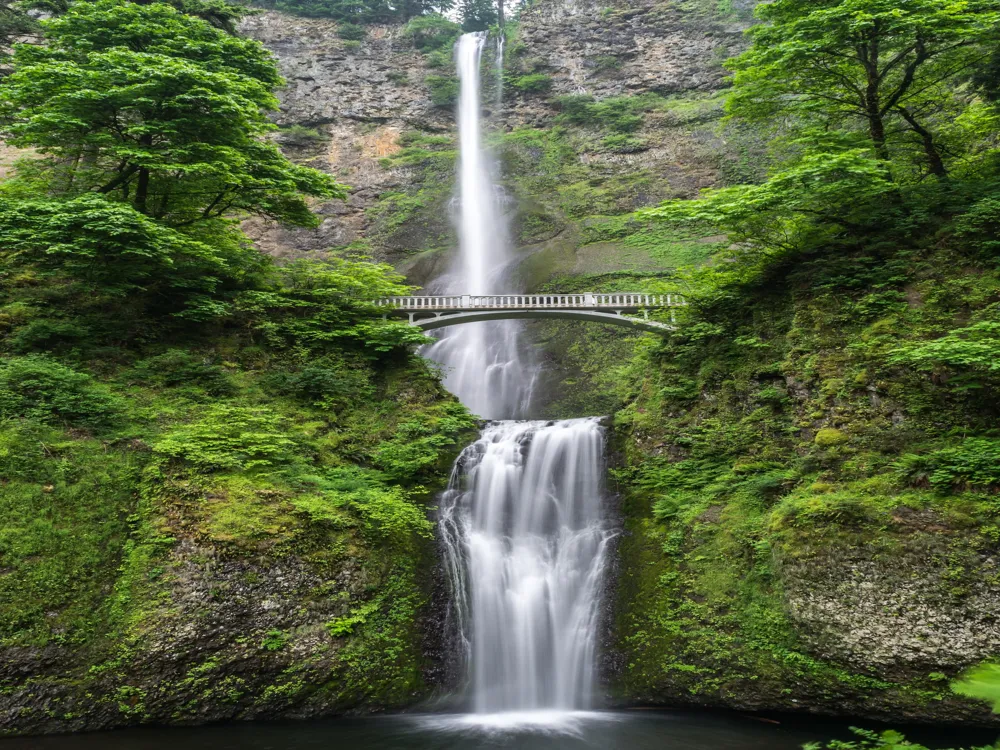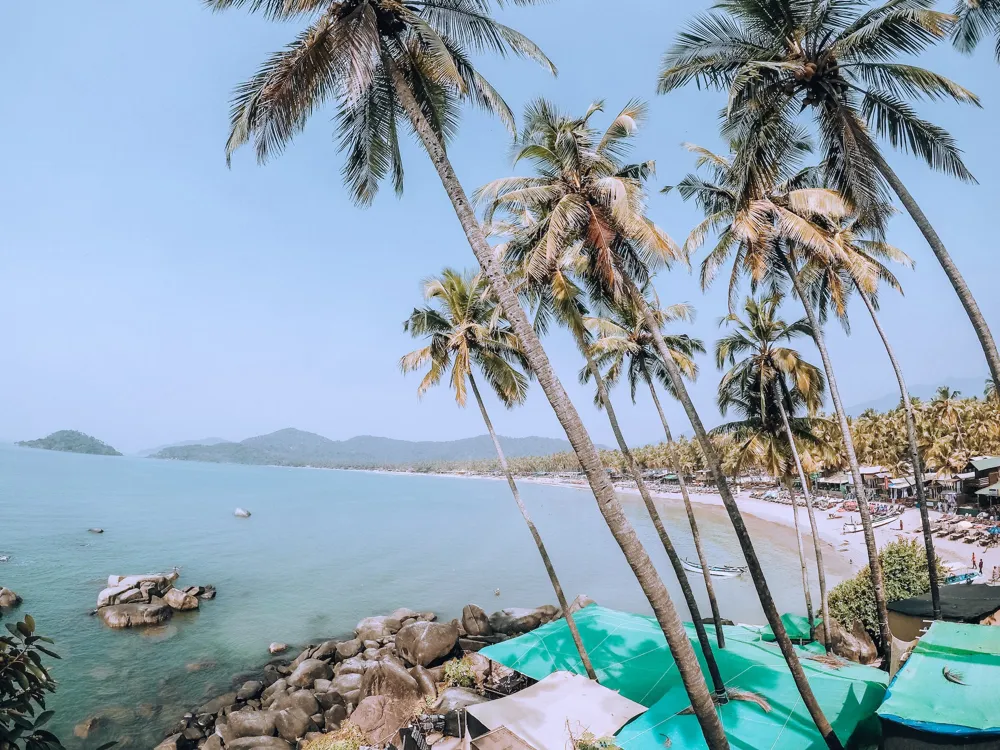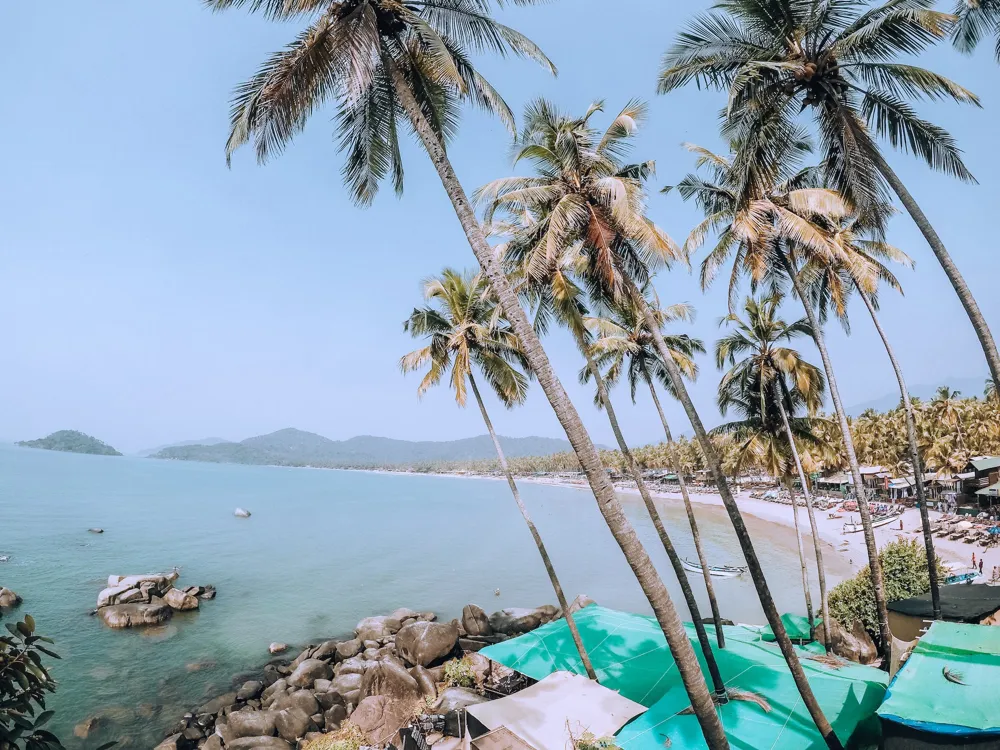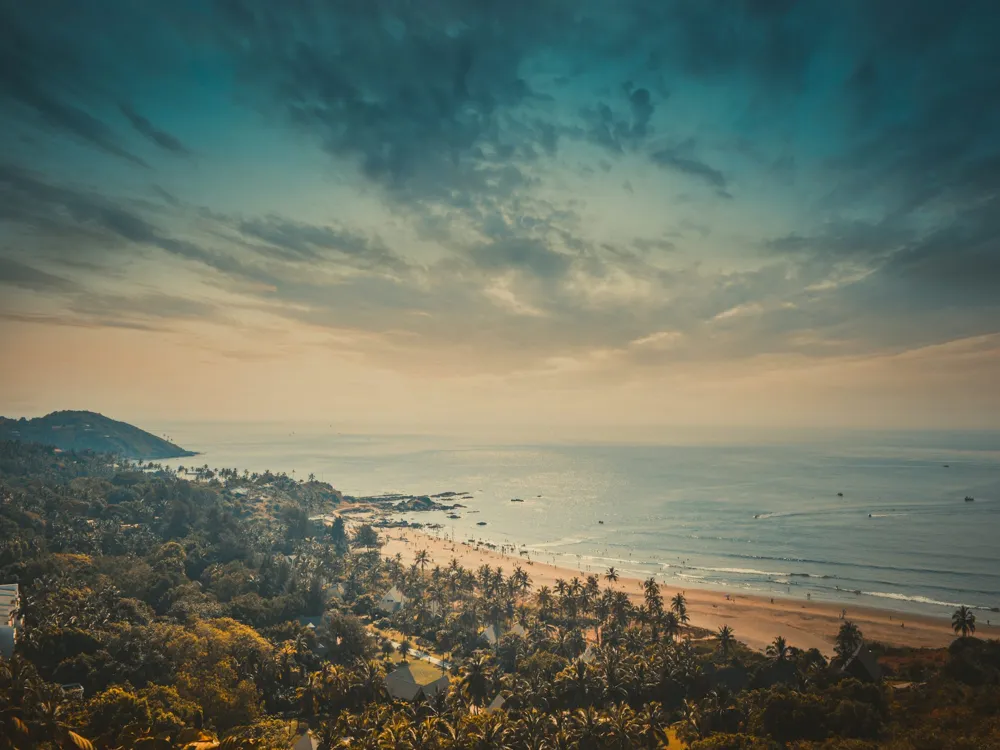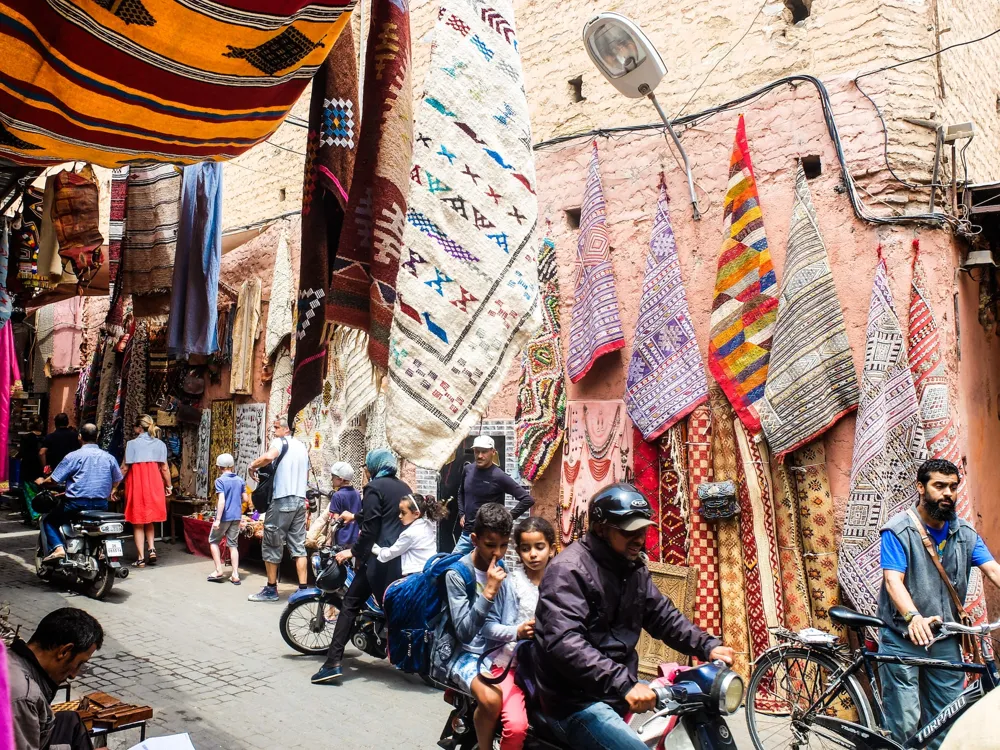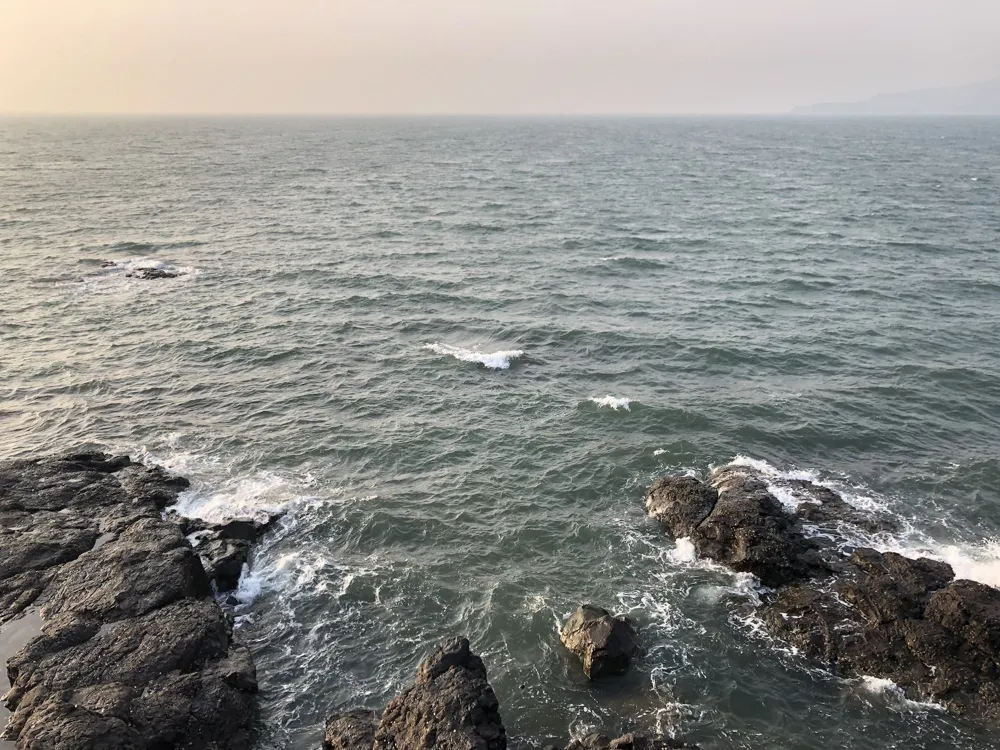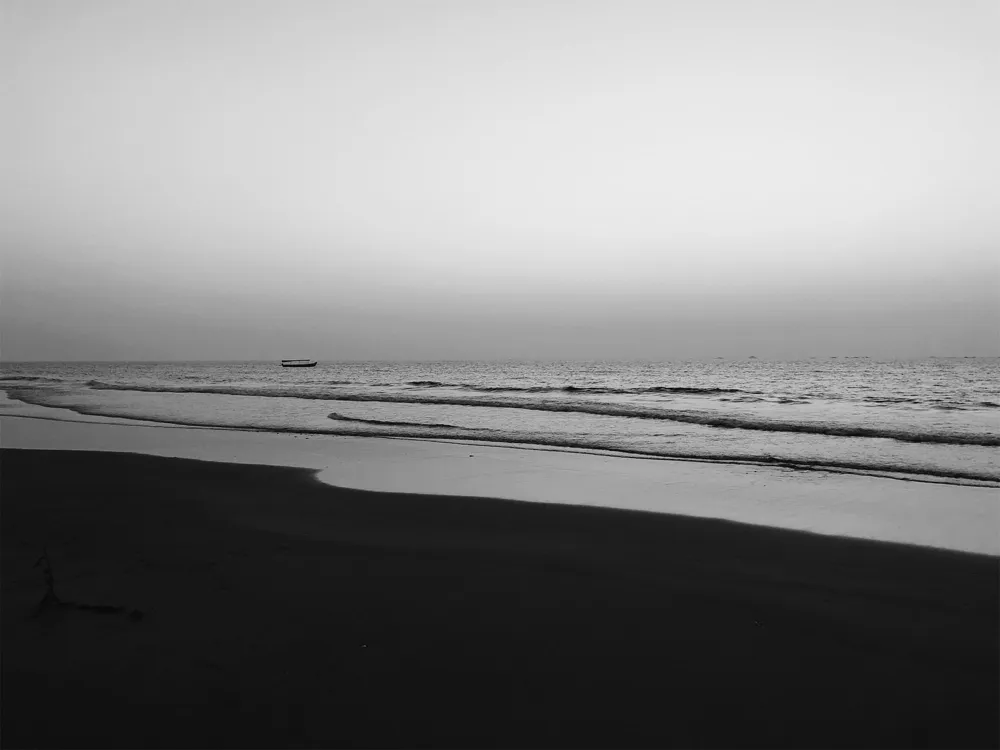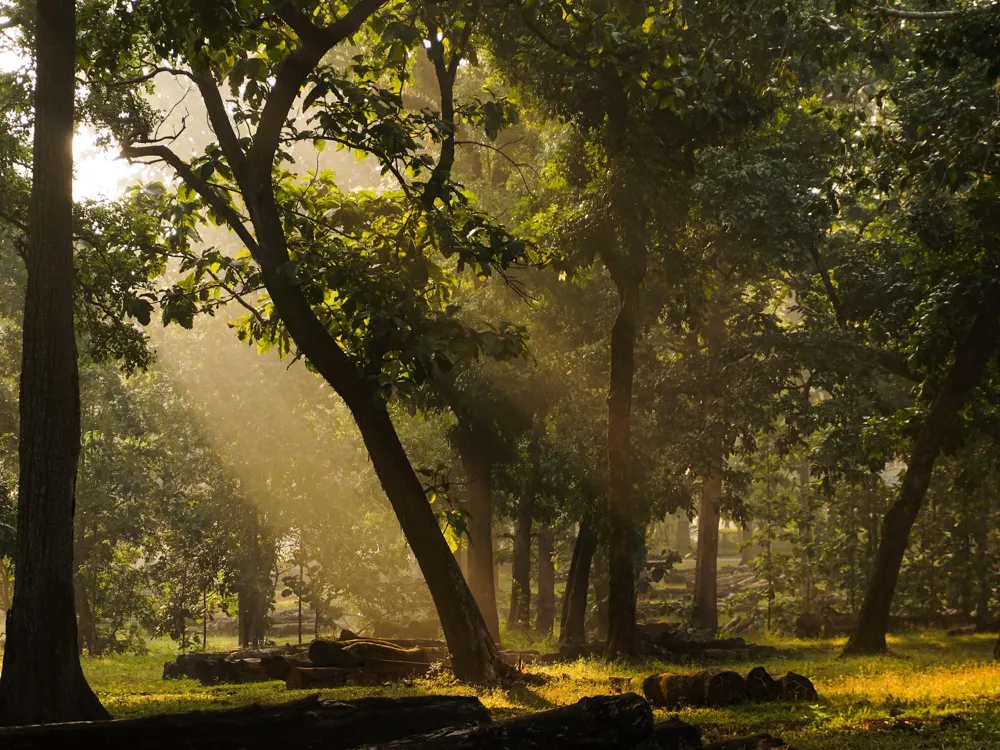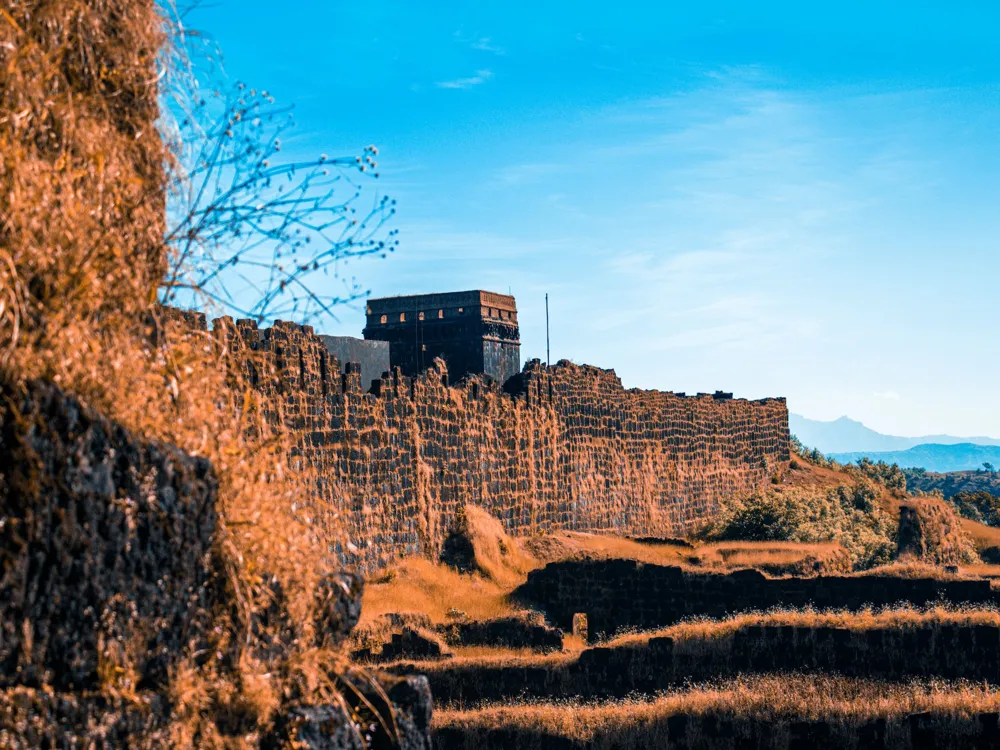Fort Aguada Jail, located in the picturesque region of North Goa, stands as a testament to the rich history and architectural prowess of the area. This historic fortress, dating back to the early 17th century, was constructed by the Portuguese to defend against Maratha and Dutch invaders. Over the years, it has served various purposes, from being a vital defense fortification to a prison. Today, Fort Aguada is a prime tourist attraction, offering a glimpse into Goa's colonial past and stunning panoramic views of the Arabian Sea. The fort's name, 'Aguada,' meaning 'water,' stems from the freshwater spring within its walls, which provided water supply to the ships that stopped by. This strategic fort, with its lighthouse, thick walls, and bastions, is an excellent example of Portuguese military architecture and has played a significant role in Goa's history.
The architecture of Fort Aguada Jail is a remarkable example of 17th-century Portuguese military design. Built on the Sinquerim Beach, overlooking the vast expanse of the Arabian Sea, the fort demonstrates the strategic brilliance of its architects. The fort is divided into two segments: the upper part acted as the fort and watering station, while the lower part served as a safe berth for Portuguese ships.
Perhaps the most striking feature of the fort is its lighthouse, one of the oldest of its kind in Asia. Built in 1864, the lighthouse was once a beacon for ships entering the Mandovi River. The four-story lighthouse, with its octagonal structure, offers a breathtaking view of the sea and surrounding landscape.
The fort's architecture also includes a bastion, which was equipped with cannons and a moat, used to enhance the fort's defense capabilities. The thick laterite walls of the fort, impervious to enemy fire, have stood the test of time and weather. Inside, the fort houses a large cistern, capable of storing around ten million liters of fresh water - an architectural marvel of its time.
Moreover, the Aguada Jail, which was later added to the fort, played a crucial role during the Salazar Administration in Portugal. The jail held many freedom fighters during the struggle for India's independence and was known for its impregnable structure.
The ideal time to visit Fort Aguada Jail is between November and March, when the weather in Goa is pleasantly cool and conducive for exploration. Avoid the monsoon season as heavy rains can make the area slippery and less accessible.
Opt for comfortable and light clothing, preferably cotton, and sturdy footwear for easy navigation around the fort's uneven terrain. Don't forget to carry hats and sunglasses for sun protection.
Consider taking a guided tour to gain insightful historical context
Overview of Fort Aguada Jail, North Goa, Goa
Architecture of Fort Aguada Jail
Tips When Visiting Fort Aguada Jail
Best Time to Visit
Wear Comfortable Attire
Guided Tours
Fort Aguada Jail
North Goa
Goa
NaN onwards
View goa Packages
Goa Travel Packages
View All Packages For Goa
Top Hotel Collections for Goa

Private Pool

Luxury Hotels

5-Star Hotels

Pet Friendly
Top Hotels Near Goa
Other Top Ranking Places In Goa
View All Places To Visit In goa
View goa Packages
Goa Travel Packages
View All Packages For Goa
Top Hotel Collections for Goa

Private Pool

Luxury Hotels

5-Star Hotels

Pet Friendly







